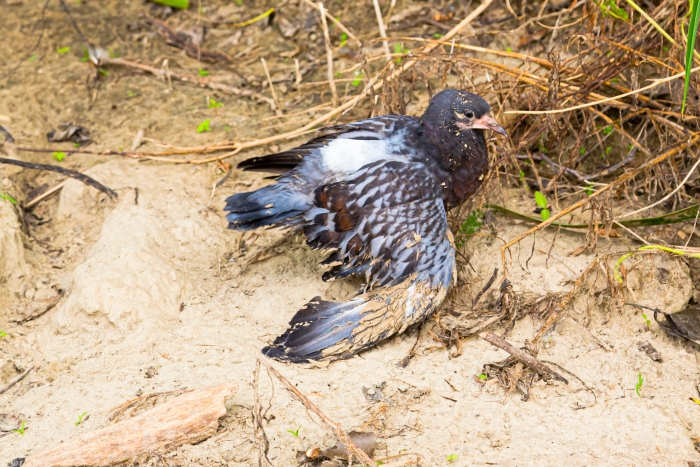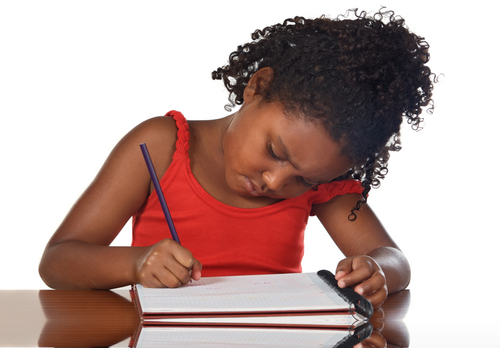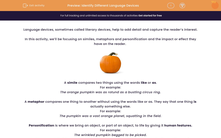Language devices, sometimes called literary devices, help to add detail and capture the reader’s interest.
In this activity, we’ll be focusing on similes, metaphors and personification and the impact or effect they have on the reader.

A simile compares two things using the words like or as.
For example:
The orange pumpkin was as rotund as a bustling circus ring.
A metaphor compares one thing to another without using the words like or as. They say that one thing is actually something else.
For example:
The pumpkin was a vast orange planet, squatting in the field.
Personification is where we bring an object, or part of an object, to life by giving it human features.
For example:
The wrinkled pumpkin begged to be picked.
We have personified the pumpkin by giving it human actions or behaviour - in this case 'begged'.
Read this story opening and see which language devices you can spot. You might also start thinking about what that tells us as a reader.
The Rescue
In a garden adorned with emerald leaves and blossoming trees, four friends, Lily, Max, Mia, and Jake, stumbled upon a wounded bird. Its delicate feathers, which were once a tapestry of white and gold, were now ruffled and faded. Its chirps echoed like a tiny orchestra, the notes trembling with fear.

In the first paragraph, we have a metaphor:
Its delicate feathers, which were once a tapestry of white and gold, were now ruffled and faded.
This metaphor compares the feathers to a tapestry.
The impact, or effect, of this on the reader is that it helps us to understand just how amazing the bird looked before it was injured.
In this activity, you’ll be on the hunt for similes, metaphors and personification in lines from a story about 'Clara the Toymaker'.
You can also think about what the effect, or impact, those language devices have!
If you are ready, we can get started!








